An autoimmune response is when your immune system gets tired and confused and attacks healthy cells.
Informally, this is referred to as a “flare-up.”
It happens more often after 50.
The printable 1-page guide located lower within this article will assist you as you seek to reverse autoimmune symptoms – and improve your health and appearance. A video is also included below that should prove helpful.
Autoimmunity Is More Common in Mature Adults
Could you be experiencing autoimmunity and not even realize it?
Autoimmunity can occur more often in humans as they age. The immune system’s function declines as you get older, leading to an increased risk of autoimmune responses – when your immunity mistakenly assaults healthy tissues or joints.
Several factors contribute to the increased risk of autoimmune with age:
- One is accumulating damage to the immune system over time, including exposure to environmental toxins, infections, chronic stress – and the standard modern diet of seed oils, processed grains, fried foods, alcohol, and sugar.
- Changes in hormone levels and the gut microbiome can also play a role.
Some of the most common autoimmune diseases in mature adults include rheumatoid arthritis, lupus, multiple sclerosis, and type 1 diabetes.
There are up to 140 diseases that are believed to have an autoimmune basis, and at least 4% of the world’s population is currently experiencing inflammation-related challenges. Most people who are experiencing symptoms don’t realize autoimmunity is the cause.
A light, autoimmune flare-up can impact only a small body area, such as localized arthritis or patches of skin with psoriasis, eczema, or rosacea. But other flare-ups can be severe – and even life-threatening.
Strictly speaking, there is no cure for autoimmunity diseases. However, symptoms can be dramatically reduced in many cases – particularly when an anti-inflammatory diet is implemented.
Having Autoimmune as a Mature Adult
People newly diagnosed with autoimmune after age 50 experience unique challenges compared to those diagnosed as young adults.
Namely, they face the seemingly daunting task of changing daily eating habits that have been firmly entrenched for decades.
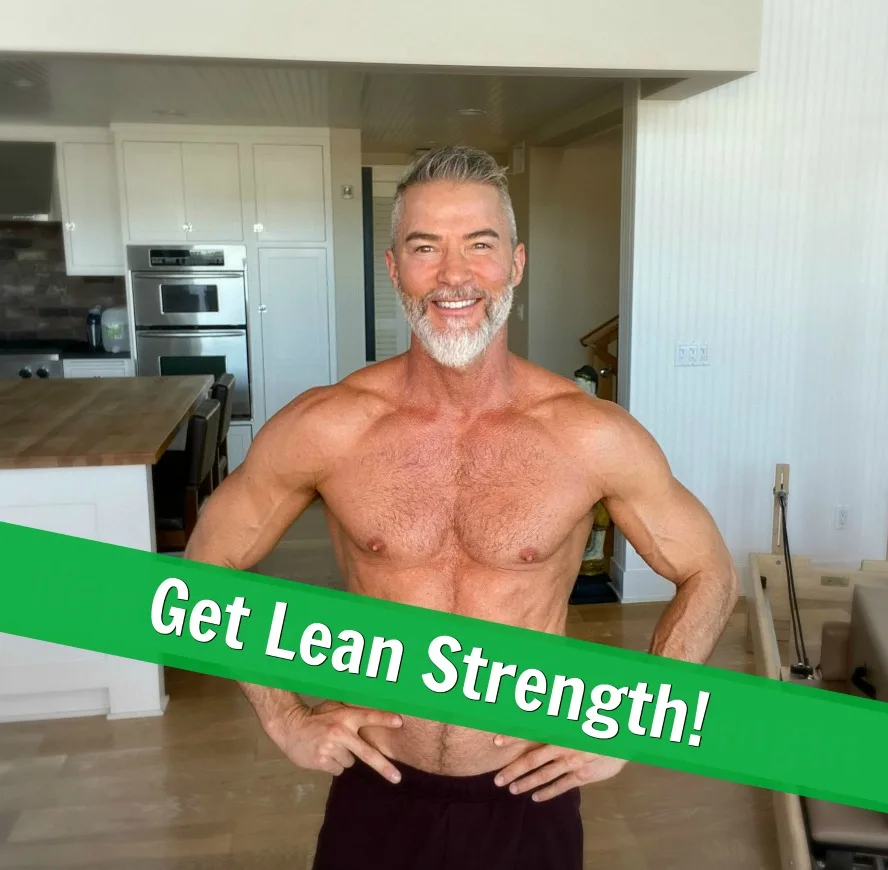
The bad news is that changing habits can be problematic initially. Those with autoimmune diseases are encouraged to work closely with their medical doctor.
The good news is that the longer you stick with your new lifestyle habits, the easier it gets.
Perhaps, in a perfect world, you wouldn’t be trying to stop inflammation itself (the body’s natural response); you would be trying to stop what sponsors it.
What factors are causing the body to respond with inflammation?
A potentially positive aspect of being diagnosed with autoimmune after age 50 is that it can serve as a wake-up call that could actually help you become healthier and happier than you’ve ever been previously:
- In developed countries, almost everyone thinks of themselves as healthier than they are (even parents of obese children list them as “healthy” when filling out forms).
- In fact, using the US as an example, less than 3% of Americans live a minimally healthy lifestyle.
- An autoimmune diagnosis, therefore, can serve as a potent reality check – ending the cycle of denial.
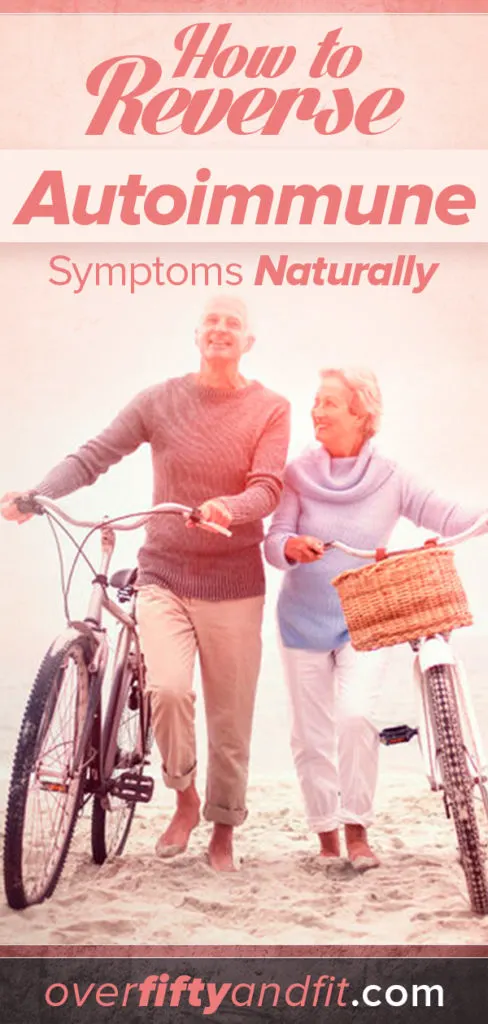
After your diagnosis, your medical doctor might encourage you to follow an anti-inflammatory lifestyle – a way of daily living that seeks to minimize exposure to irritants, particularly in the food you eat – to reduce an inflammatory response within your body.
As anti-inflammatory medical expert, Dr. Terry Wahls explains, “treat the cellular deficiencies that cause diseases to develop in the first place.”
The big idea here is to reduce the burden on your immune system, so it’s no longer overtaxed.
The theory is that, by giving it fewer irritants to process, your body can finally get its bearings and focus once again on calmly healing only the unhealthy cells.
Proactive Strategies to Support Your Own Body’s Immune System
The longevity habits that will help you enjoy excellent health in the next 50 years are quite simple at a glance.
If you’re approaching – or have surpassed – the age of fifty, there are critical areas in which you can strive to improve each day.
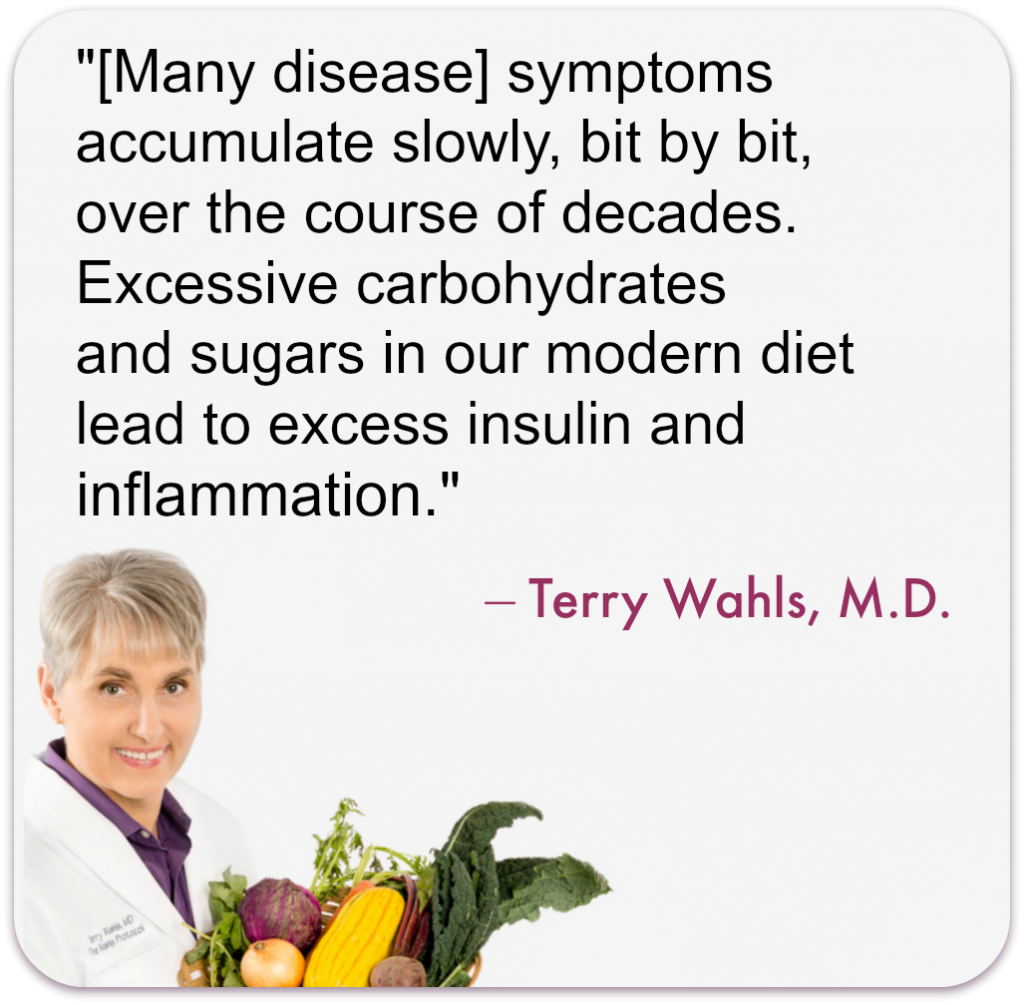
Imagining the Life You Want to Live
You can harness the mythic energy of your own life and then use that energy to become leaner, stronger, and more passionate.
Our current culture does not always support our efforts to be in good health. So there’s a point where you have to decide to rise above the times in which you live and forge your own self-care path.
Regular doses of inspiration can help us break harmful patterns and move up to the next level.
Think back to that particular time in your life when you were in the best shape.
Now, if you really relax and remember that time vividly, you can also remember how you felt then: that visceral, vibrant feeling of being fit, lean, and flexible.
There’s nothing like that feeling, and once you’ve been in stellar condition (at any time in your life, even if it only lasted a few months), it lives somewhere within your memory, where you can always access it.
And here’s the great news: once you’ve achieved that level of fitness and health at any time in your life, you know that you achieved it.
If you did it once, you can do it again. You can use that knowledge to fill yourself with hope, motivation, and excitement.
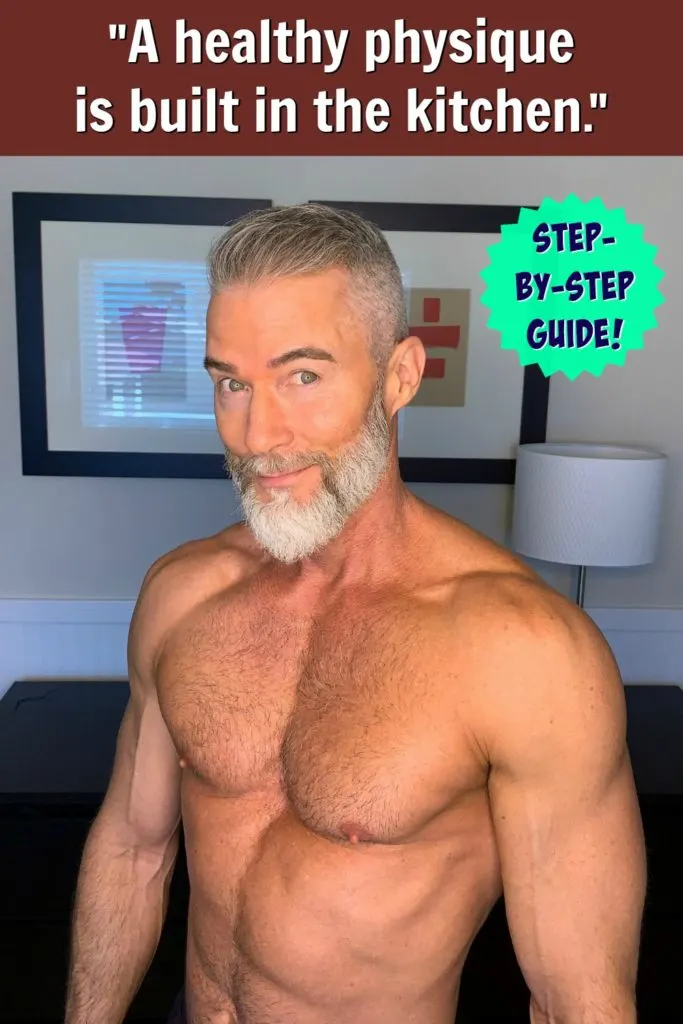
Here’s what’s even wilder: imagine for a moment being healthier than ever before. Not just leaner and stronger, but also just plain healthier than you’ve ever been in your life:
And that’s the funny thing: you don’t really know how fantastic that will feel because you haven’t realized it yet. There’s not even a memory you can access… yet.
I invite you to take a few moments to close your eyes, slow and deepen your breathing, and picture in your mind’s eye, what being healthier (than you’ve been before), is going to feel like.
Imagine what it will feel like to have your entire body hum with energy, strength, hope, and genuine fitness.
Whatever we habitually give our time, energy, and focus to – we get more of.
And visualization is a powerful tool that can activate our unconscious minds to work on our behalf. So consider starting there.
Creating Social Support for Reversing Autoimmune
After age 50, it’s important to rediscover and reconnect with what you feel most passionately about.
Passions are what turn life from black-and-white into color.
To be strong and live boldly, you must figure out what you enjoy.
Life after 50 is not a journey for the weak and absent-minded; it’s a hero’s journey and requires a zest for adventure, a sharp mind, and a fit body.
I’m 58 now, but I still vividly remember turning 40.
I began to notice changes in my body and energy level.
One day, I’d wake up and feel 20 years old; the next day, I’d wake up and feel 60.
I couldn’t figure it out. Initially, I thought it was stress. Looking back, I realize now I was probably having an autoimmune flare-up.
That was the first time in my life that I felt “old.” It occurred to me then that sometimes – when I was at Starbucks or the gym – I was the oldest person in the room.
To be honest, I was kind of freaked out.
Fortunately, I soon saw aging as a sacred, honorable life event and a positive thing.

I only wished that, back then, there was more information online about autoimmune, longevity, and extending the human healthspan.
I had difficulty finding inspiring information (which eventually became my incentive for creating this site).
If you are in midlife and newly diagnosed with autoimmune, you might also be looking for support and information.
So many of us postpone processing the impact of what really is a sacred life event – aging – and avoid making any conscious decisions or plans for what we want the next 50 years of our lives to look like (and specifically how we are going to make that happen).
This is why – strange as it sounds – a diagnosis of autoimmune after age 50 can be seen as a positive thing. It’s an opportunity to look at life more consciously.
“5% of the risk for developing an autoimmune problem is due to one’s DNA, while 95% of that risk is due to a lifetime of diet choices, physical activity level and environmental exposures. [Traditional doctors don’t always] appreciate that by changing diet and lifestyle choices, one can have a major impact on which genes are active and which are silent, which in turn will have a major impact on disease activity. Nor do traditional doctors appreciate the role of gut microbiota in autoimmune disease activity and how diet choices shape the microbiota.”
– Terry Wahls, MD
If you’ve been diagnosed, your doctor may advise you to stock your kitchen with anti-inflammatory ingredients.
This might necessitate you having a discussion with your spouse, friends, or roommates – setting some healthy boundaries and asking for support.
Explain to them that the days of sharing in the office break-room birthday cake or Friday night pizza are probably over for you; however, you encourage them to continue to have fun – only to understand that your new lifestyle diet prohibits irritating foods.
Also, the people you live with need to understand that quality sleep is now a priority.
You may have to go to bed a bit earlier or sleep a bit longer from now on, and you can request that they accommodate you in this new habit.
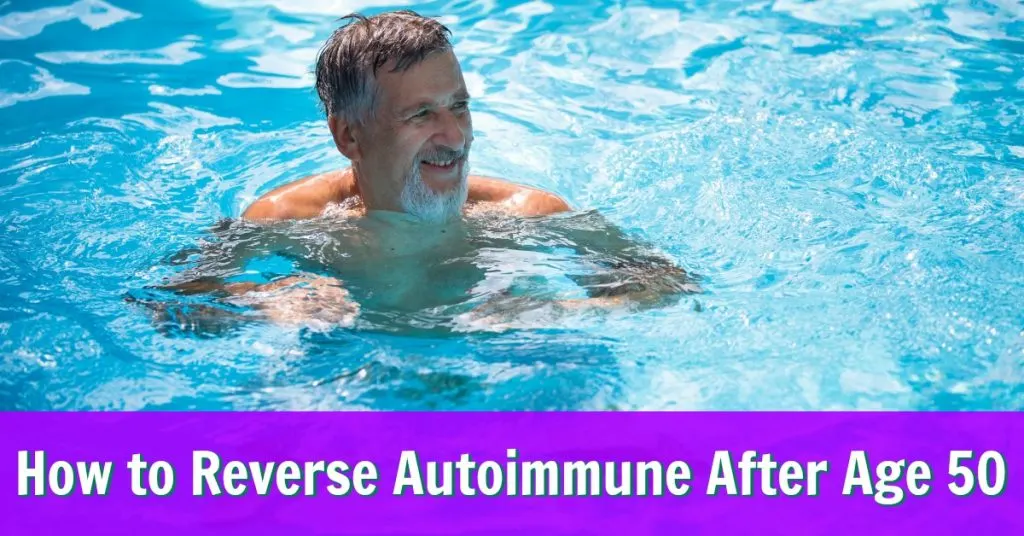
When people hear the word “inflammation,” they tend to think of that process of fluid rushing into a body part: “my ankle is inflamed.” But in the context of autoimmune, it might be more accurate to think of inflammation as your immune system’s overreaction to the stresses of daily life.
It’s as if your immune system says, “Too many irritants – I no longer have the time, energy, or resources to distinguish between all these nuanced signals. From now on, I’ll just annihilate anything that looks even potentially irritating or unhelpful.”
For some patients, a doctor may prescribe pharmaceuticals. The purpose of some of these medications is to suppress the immune system so that the frequency of flare-ups is reduced. Since these medications can bring other, newer challenges, taking them in conjunction with an anti-inflammatory diet might help reduce the required medication dosage.
The Numinous Journey Toward Improved Health
My personal passion is synthesizing information and making it as simple for people to implement it into their daily lives as possible.
As a busy person myself, I try only to propose practical, real-world solutions that will fit into real people’s modern-day, stretched-to-the-limit schedules.
You’ll discover that a big part of organizing is the systematic creation of more free time. So if you’re concerned that self-care interventions will leave you with even less free time than you have now, it may leave you with more.
Ultimately, it’s not that I’m trying to help people add more years to their life; I’m hoping to help others add more life to their years. This is because quantity usually follows when you focus on quality first.
Said differently, for any anti-inflammatory strategy to be successful, it must include a recipe for joy. Because when you are living in joy, health can often be a natural result.
Autoimmune is on the rise, but it’s not the only challenge faced by the over-50 demographic. Heart disease, cancer, and stroke are the top three killers in most developed countries.
Improved lifestyle habits are an effective way to prevent these killers from visiting prematurely.

Reverse Autoimmune Symptoms with an Anti-Inflammatory Lifestyle
If you are approaching or have surpassed age 50 (or know of someone who is) and are experiencing autoimmune challenges, here are nine action steps that might prove helpful to you as you seek to better your own health.
Instructions
- With your medical doctor, identify what new habits will be best to follow post-diagnosis.
- Acknowledge that you are human and that adopting new habits will sometimes feel unduly challenging, especially in the beginning.
- Recognize that, though your intentions are good, you will sometimes be tempted to fall back into your old habits (possibly the ones that helped to activate the autoimmune gene in the first place).
- Resist the temptation to shame yourself – be self-loving and patient; if you fall off the horse, dust yourself off and climb back on.
- Remember that if you want to have a fantastic next-50 years, you probably can’t have high energy, fitness, and excellent health if you still have the daily habits you had when you were 20.
- Know that change is hard for everyone; your habits have a lot of years and momentum behind them, and research has proven that when you prepare adequately, your new regimen will “stick” (research also proves that when you don’t prepare adequately, your new regimen will not stick).
- Ask your doctor to recommend a book about anti-inflammatory eating (personally, among the books I own on the topic, I have found The Wahls Protocol by Terry Wahls, MD, astoundingly beneficial). Nutrition continues to be the big factor that determines your health; surrender your cultural assumptions about what food is good and what food is bad, and start listening closely to what your own body tells you instead. Improve your daily diet!
- Keep your stress levels low. By putting continued effort into your personal growth, you will become increasingly adept at finding even healthier ways to metabolize the daily anxiety of modern life; you will become kinder, more loving, and a better listener after age 50.
- Move, move, move. You must not be habitually sedentary; you don’t have to be a triathlete or run marathons; you can condition your body sensibly, including flexibility, cardiovascular and strength training. A beginning yoga DVD, a long walk, and some gardening or housework are all effective forms of exercise for people over 50.
In truth, it’s much easier (and much less expensive) to take steps now to improve your health than it is to wait until you – or someone you love – are surprised by a significant health challenge.
Remember, self-improvement is not always as complicated as we make it. For example, it turns out that a college education is not essential to a long life, but daily flossing is.
I invite you to use this site as a sort of “cheat sheet” of longevity resources that you can access quickly.
The anti-inflammatory lifestyle requires a holistic yin/yang approach. Information alone isn’t going to help you adopt healthier habits – you need weekly inspiration, too.
It’s odd. When I’m out in the world having a casual conversation with someone, and I mention that I curate a lifestyle website about extending the human healthspan, I am often met with a comment such as:
“oh, I don’t know that I want to live to 100. I’d rather enjoy my life now.”
Think about the assumptions in that reply. Think about what that reveals about the person’s secret beliefs about health and aging.
I’m tempted to respond:
“Well, obviously, the site is about living post-midlife with great health and happiness, which is a fascinating topic. Why would I curate a site about living too long while suffering?“
Ultimately, people make such comments because they unconsciously don’t want to think about old age – let alone dying – and are trying to evade thinking about it by issuing a worldly quip.
However, not thinking about successful aging is a poor strategy.
You must dare to dream about what life can be. This way, you stand the best chance of having joyful years in later life that are healthy and rich with meaning.
High-Impact Information + Weekly Inspiration = Increased Likelihood of Success
We live in an era of technology and information. Anybody can Google anything, anytime.
So, with all of this information at our fingertips, why aren’t we all Olympic-caliber athletes and billionaires who live past the age of 100?
It’s certainly possible to do all of these things. So why don’t we?
If we want to discover how to create an aesthetic physique, prosperity, and longevity, then all we have to do is search online for these terms – experts and research studies will show us what health protocols need to be done …right?
Ah, but the latest information is not all we need. We also need a way of making all of that new information stick.
Once we know what positive improvements we want to make, we must implement those changes until they become new, lasting habits.
Extensive research has shown us that permanent change occurs in five stages. If you want to live a fascinating life after age 50, then you must learn how to skillfully negotiate Stage 3 – preparation – the most crucial and overlooked stage of permanent change.
A more strategic approach to wellness might improve brain health and help ensure that your mind retains critical information – and then converts it into new good habits that will help you to live a longer, more robust life after 50.
Additional Sources about Reducing Autoimmune Symptoms:
Autoimmunity Stats – https://goo.gl/gcBAIU
How People Change – https://s-media-cache-ak0.pinimg.com/originals/d4/38/47/d438477cedef5ffe33b149fb56bff78b.png
Glycation as a Factor in Premature Aging – https://authoritynutrition.com/advanced-glycation-end-products/
Autoimmunity Paleo Protocol Food Pyramid – http://www.phoenixhelix.com/2015/04/04/aip-food-pyramid/
Corticosteroids and Immunosuppressives (the meds doctors sometimes suggest) – https://www.niams.nih.gov/%5C/Health_Info/Autoimmune/default.asp
What Doctors Aren’t Telling You – http://www.furtherfood.com/5-most-influential-functional-medicine-doctors-advice-on-heal-autoimmune-disease-naturally-root-cause/

Leg Day: A Lower-Body, Functional-Training Workout • Over Fifty and Fit
Saturday 4th of January 2020
[…] If you really want to see extra improvements – including definition in your abdominal muscles – combine this weekly workout with an anti-inflammatory diet! […]
How Many Calories Are in a Green Smoothie? • Over Fifty and Fit
Friday 10th of May 2019
[…] some people are sensitive to kale and spinach when they consume them in their raw form in high amounts. If that’s you, […]
Pilates Is Uniquely Effective Workout for Mature Men
Saturday 13th of April 2019
[…] to get healthier with each passing year and increase our energy level – or must we become less healthy and more tired as we […]
11 Mobility Maneuvers to Help Keep Your Joints Supple
Wednesday 13th of February 2019
[…] reducing your intake of inflammatory foods. This solves stiff-joints closer to the source of the […]
Sprints, Cone Drills, and Functional Training Actions for a Trim, Tight Body
Saturday 12th of January 2019
[…] idea is to challenge your body, but not so much that you suppress your immune system or injure an […]